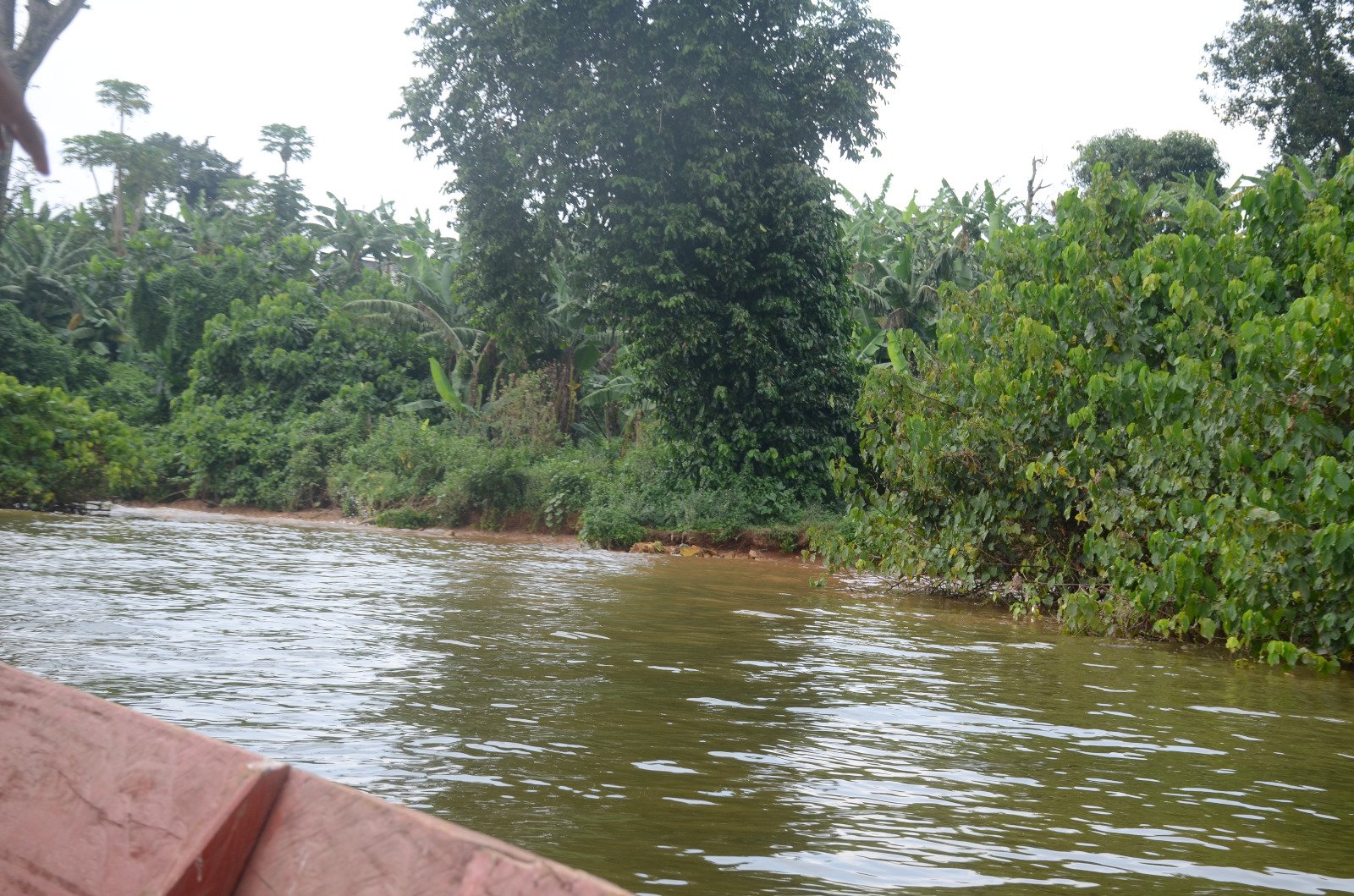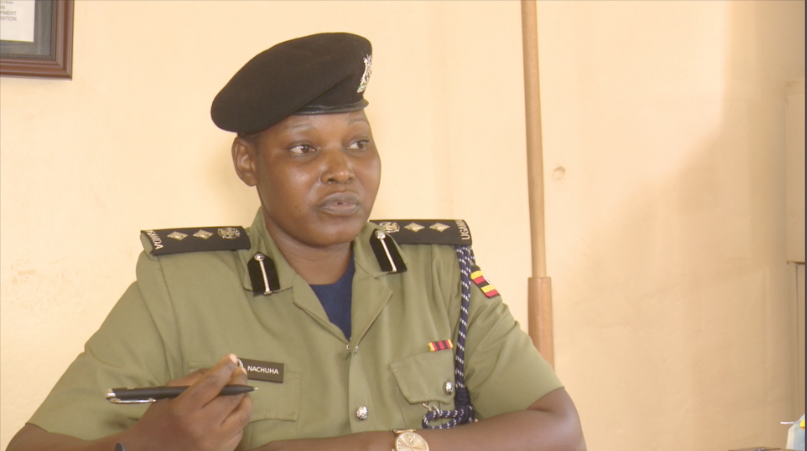Prime
Floods disturb peace of the dead

A section of public cemetery in Kalangala District, which was submerged by water from Lake Victoria. PHOTO/DAVID SEKAYINGA
What you need to know:
- Weather experts attribute the rising levels to heavy rains, which account for 80 percent of the water in Lake Victoria, fed by 23 rivers across the East African region.
Rising water levels in Lake Victoria have submerged the only public cemetery at Kaazi-Malangala Landing Site in Bujumba Sub-county, Kalangala District.
Mr Frank Lukyamuzi, the chairperson of Kaazi-Malangala Landing Site, reported that most of the cemetery, which covers about an acre, is now underwater.
The 500-metre stretch of Kaazi-Malanga Road, connecting the landing site to Buggala Island, has also been reclaimed by the lake, severely disrupting transport from Kalangala Town to various landing sites.
“Human remains are scattered throughout the lake, making it impossible to identify them. We have no choice but to let the sand on the shores bury them,” Mr Lukyamuzi said during an interview on Saturday.
The cemetery, which was designated in 2020 for residents whose relatives could not be traced, contained 16 graves.
Mr Lukyamuzi expressed concern that the few remaining visible graves might also be washed away soon due to ongoing heavy rains in the area.
“We fear that the remains in the five remaining graves may also be swept away during this prolonged rainy season,” he added.
In May 2024, the Ministry of Water and Environment released a statement indicating that Lake Victoria’s water levels had risen to 13.66 metres, up from 13.5 metres the previous year.
Weather experts attribute the rising levels to heavy rains, which account for 80 percent of the water in Lake Victoria, fed by 23 rivers across the East African region.
Mr Peter Ssenyanjja, the Bujumba Sub-county chairperson, explained that the cemetery’s proximity to the lake led to its submersion.
He emphasised the need for district planners to develop physical plans for all landing sites, incorporating environmental assessments.
“If a physical plan had been in place for Kaazi-Malanga, the graveyard would have been situated far from the lake shores,” he said.
The Kalangala District Chairperson, Mr Rajab Semakula, noted that the district lacks funds to create physical plans for all landing sites.
“Each year, we budget for planning these sites, but due to limited funds, we have been unable to allocate resources for this activity. We hope for support from the central government or development partners,” he said.
Environmentalists link the flooding to climate change caused by global warming and human activities, such as pollution, that contribute to water surges.
The fishermen currently residing at Kaazi-Malanga landing site were resettled from Luwungulu Landing Site in the 1980s following a government directive.
Since then, the population at the landing site has tripled, and there is ongoing controversy over the rightful ownership of the land.
Members of the Lugave Clan claim that their ancestral land extends to the landing site, while National Forest Authority officials maintain that the land belongs to the government.




